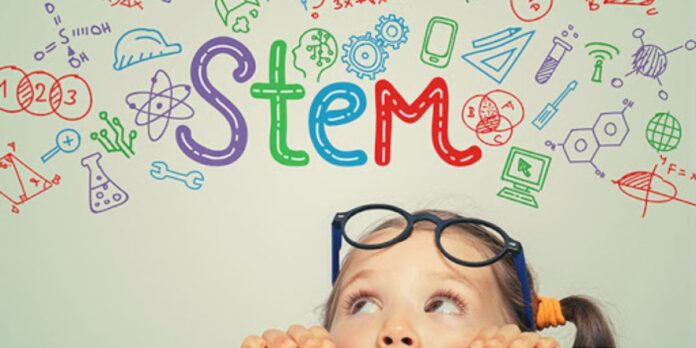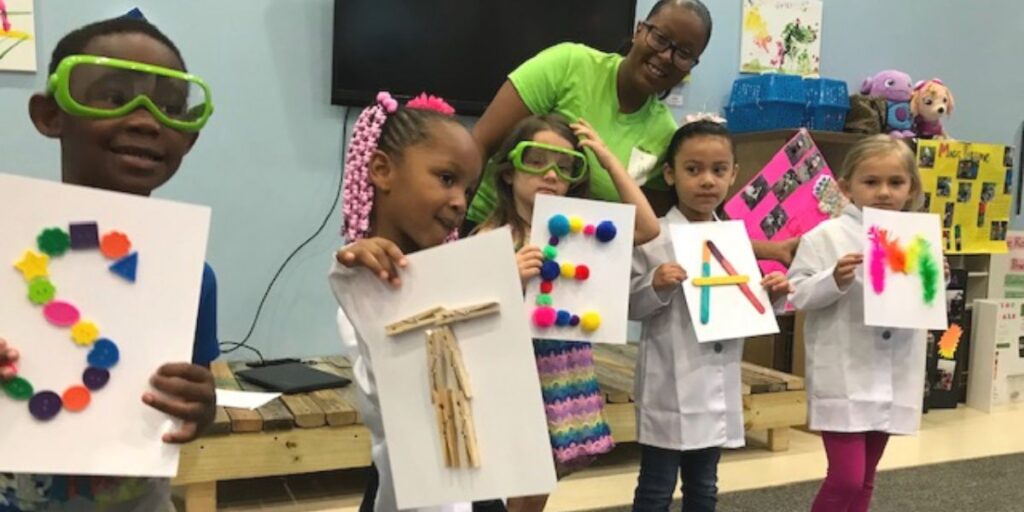In today’s rapidly advancing world, the significance of STEM education for kids has never been greater. STEM, an acronym for Science, Technology, Engineering, and Mathematics, encompasses a multidisciplinary approach that equips young learners with critical thinking, problem-solving, and innovation skills essential for the future. As technology continues to evolve and shape industries, there is a growing need for children to be exposed to these subjects early on. In this article, we’ll explore the importance of STEM education for kids, how it benefits them, and how parents and educators can encourage an interest in these fields.
The Importance of STEM Education
STEM education forms the foundation for many of the world’s fastest-growing industries, including technology, engineering, healthcare, and the environment. As the global economy becomes more reliant on technological innovation, a solid understanding of these fields is no longer optional—it’s essential.
Exposing children to STEM subjects early on sets the stage for developing skills they will use throughout their lives. It encourages curiosity, fosters creativity, and gives children the tools to solve real-world problems. STEM isn’t just about learning how to code or solve math problems; it’s about thinking critically, approaching challenges logically, and working collaboratively. These are all crucial skills in virtually any career.
Moreover, STEM careers are in high demand, with many jobs offering high salaries and opportunities for growth. For instance, the U.S. Bureau of Labor Statistics projects that employment in STEM occupations will grow by 8.8% by 2028, compared to 5% for non-STEM occupations. With the increasing global demand for STEM-related jobs, providing kids with a solid STEM education early can help prepare them for the future job market.
Benefits of STEM Education for Kids
Develops Problem-Solving Skills
One of the most significant benefits of STEM education is its emphasis on problem-solving. In STEM activities, children are encouraged to ask questions, explore different approaches, and experiment with solutions. For example, in a simple engineering project where kids build a bridge using everyday materials, they learn to test different designs, identify what works, and refine their methods based on results. This process helps them think analytically and approach challenges with resilience.
Encourages Creativity and Innovation
STEM education encourages children to think outside the box. In STEM projects, kids are often presented with open-ended tasks that allow them to explore multiple solutions rather than focusing on one “right” answer. This fosters creativity, as kids experiment with various approaches and designs. Inventions and innovations often stem from this creative problem-solving process, and STEM education nurtures that mindset from a young age.
Prepares Kids for Future Careers
The future job market will be dominated by STEM-related fields, from data science and artificial intelligence to environmental engineering and biomedicine. By fostering a passion for STEM subjects early on, children will be better prepared for careers in these areas. STEM education also emphasizes collaboration, communication, and teamwork, all of which are key in the modern workforce. Exposure to these subjects opens doors to a wide range of opportunities in various industries.
Boosts Confidence
STEM education encourages a hands-on learning approach, allowing kids to learn through trial and error. When children successfully complete a challenging task—whether it’s building a model rocket or solving a complex math problem—it boosts their confidence and gives them a sense of accomplishment. This success reinforces a growth mindset, where kids learn that failure is part of the learning process, not something to be feared.
Improves Logical Thinking and Analytical Skills
Logical reasoning and analytical skills are essential components of STEM education. These skills help kids break down complex problems into smaller, more manageable parts, and approach them step by step. In mathematics, for example, children learn to apply formulas and principles to solve equations. In science, they experiment and analyze data to conclude. These skills are valuable not only in academics but in everyday life as well.
How Parents Can Encourage STEM Learning
Parents play a crucial role in fostering an interest in STEM subjects at an early age. Here are a few ways parents can encourage their children’s interest in STEM:
Incorporate STEM into Everyday Activities
STEM is all around us. Whether you’re baking cookies, gardening, or fixing a broken toy, there are numerous opportunities to introduce STEM concepts to kids. Cooking involves measurements and chemistry, while gardening teaches children about biology and environmental science. Even building a Lego tower or assembling a puzzle can incorporate engineering and spatial reasoning skills. By relating STEM to everyday activities, kids will see how these subjects are relevant and fun.
Provide Access to STEM Toys and Resources
Many educational toys and kits are designed specifically to teach STEM concepts. For younger children, toys like building blocks, puzzles, and simple science kits can spark curiosity. For older kids, coding games, robotics kits, and engineering sets provide hands-on experiences that teach advanced skills. Additionally, numerous online resources, apps, and platforms offer STEM-related content, making it easier for parents to provide educational support.
Encourage Curiosity and Exploration
One of the best ways to foster an interest in STEM is to encourage children to ask questions and explore their environment. If a child is curious about how something works, encourage them to investigate and figure it out. Whether it’s exploring nature, experimenting with household materials, or researching a topic online, nurturing a child’s curiosity can lead to a deeper interest in STEM subjects.
How Educators Can Support STEM Learning
Schools and teachers also play a pivotal role in promoting STEM education. Here are a few ways educators can create a more STEM-friendly learning environment:
Create a Hands-On Learning Environment
STEM education thrives in a hands-on environment where students can experiment, create, and innovate. Teachers can incorporate project-based learning into their lessons, where students work on real-world problems and develop solutions. For example, building models, conducting science experiments, and coding simple programs can help students tangibly apply STEM concepts.
Incorporate Technology in the Classroom
Technology is an essential component of STEM education. Teachers can integrate digital tools like coding programs, 3D printers, and virtual simulations into their lessons to engage students. These tools allow students to visualize complex concepts and develop technical skills that are crucial in today’s digital world.
Encourage Collaboration
STEM fields often require collaboration, and teaching students how to work effectively in teams is a valuable skill. Educators can assign group projects that require students to brainstorm, problem-solve, and share ideas. Collaborative learning not only strengthens teamwork skills but also exposes students to different perspectives and approaches.
Conclusion
STEM education for kids is essential in preparing the next generation of thinkers, innovators, and problem-solvers. By fostering curiosity, critical thinking, and a hands-on approach to learning, STEM helps children develop the skills they need to succeed in a rapidly changing world. Parents, educators, and communities must work together to provide opportunities and resources that make STEM education accessible and engaging for all children. By doing so, we nurture a generation equipped to tackle the challenges of tomorrow with creativity, innovation, and confidence.





